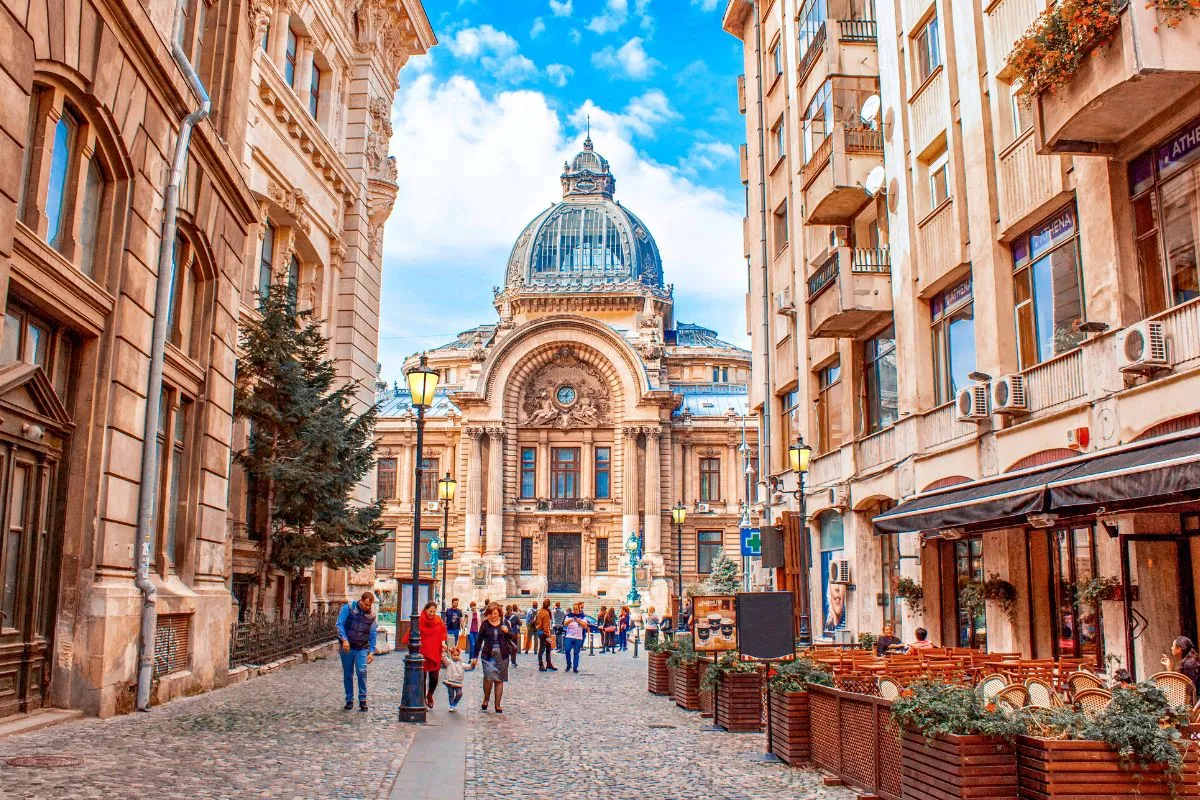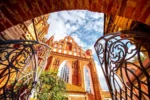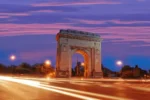Bucharest the Romania’s capital sometimes gets a bad rap, but in fact it’s dynamic, energetic and lots of fun.
Many travellers give the city just a night or two before heading off to Transylvania, but that’s not enough time. Allow at least a few days to take in the very good museums, stroll the parks and hang out at trendy cafes and drinking gardens. While much of the centre is modern and the buildings are in various stages of disrepair, you’ll find splendid 17th- and 18th-century Orthodox churches and graceful belle époque villas tucked away in quiet corners. Communism changed the face of the city forever, and nowhere is this more evident than at the gargantuan Palace of Parliament, the grandest (and arguably crassest) tribute to dictatorial megalomania you’ll ever see.
- Old Town
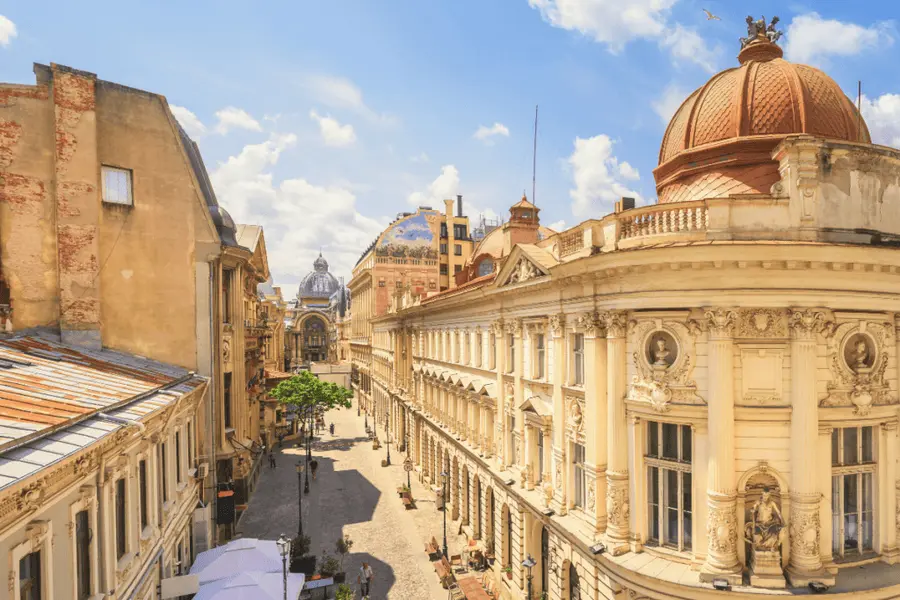
If you find yourself in Bucharest, the Old Town is a must-visit. Brimming with history and charming narrow cobblestone streets, this area is perfect for mingling with the locals.
Hosting an array of restaurants, bars, cafes, and boutique shops, the Old Town is an ideal starting point to familiarize yourself with the city.
One of the standout attractions here is the Stavropoleos Monastery, designed in the distinct Brancovenesc style – a Romanian architectural tradition – and boasting almost 300 years of history.
If you’re eager to savor Romanian cuisine, we highly recommend trying Caru’ cu Bere, a traditional Romanian restaurant housed within a meticulously restored 1879 historic building. Here, you can indulge in a variety of Romanian dishes and enjoy an extensive selection of beer and tuica or palinca, the traditional Romanian brandy.
- Carturesti Carusel bookstore
For avid readers, the Carturesti Carusel bookstore is an absolute treat. Spanning three floors and featuring an impressive collection of books in multiple languages, it will captivate you with its stunning architecture and decor.
Frequently lauded as one of the world’s most beautiful bookstores, Carturesti Carusel is undoubtedly a haven for book enthusiasts.
Be sure to pay it a visit, as it ranks among the top attractions to explore in Bucharest.
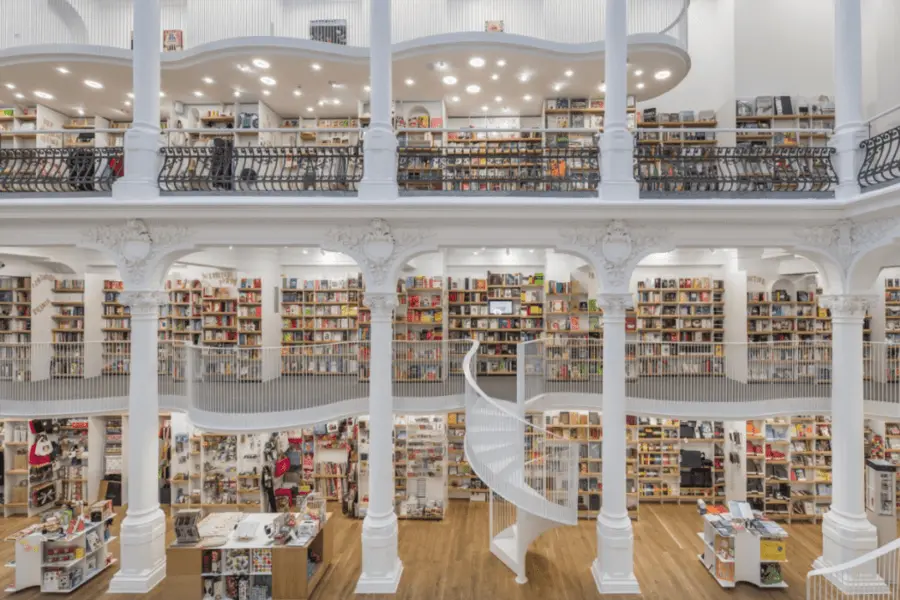
For avid readers, the Carturesti Carusel bookstore is an absolute treat. Spanning three floors and featuring an impressive collection of books in multiple languages, it will captivate you with its stunning architecture and decor.
Frequently lauded as one of the world’s most beautiful bookstores, Carturesti Carusel is undoubtedly a haven for book enthusiasts.
Be sure to pay it a visit, as it ranks among the top attractions to explore in Bucharest.
- Palace of Parliament
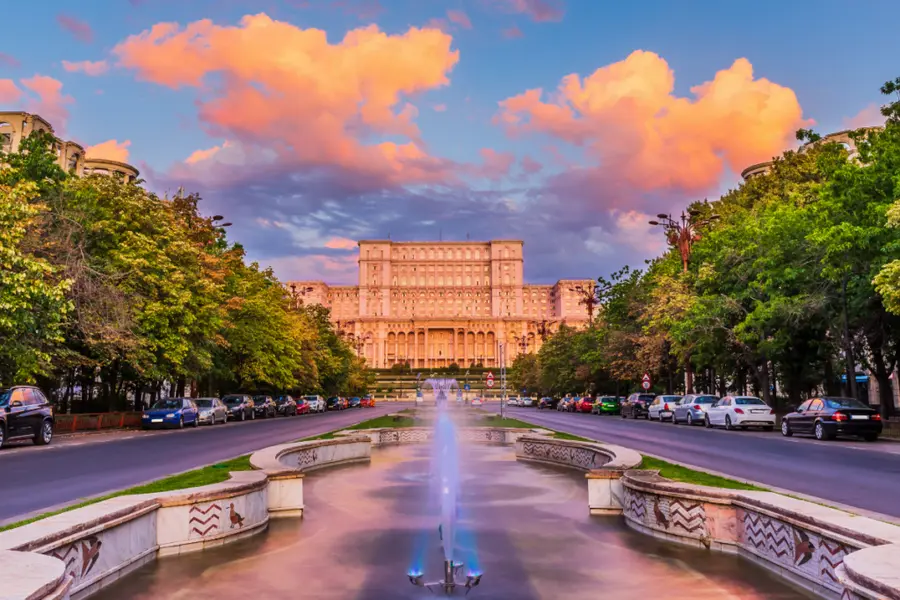
The Palace of Parliament, also known as The People’s House, serves as the parliamentary seat of Romania and stands as one of the world’s most awe-inspiring structures due to its sheer scale.
Ranking as the heaviest and second-largest administrative edifice on a global scale, The Palace of Parliament was commissioned by Nicolae Ceausescu, serving as a poignant testament to the bygone communist era that concluded in the late 1980s.
- Cismigiu Park
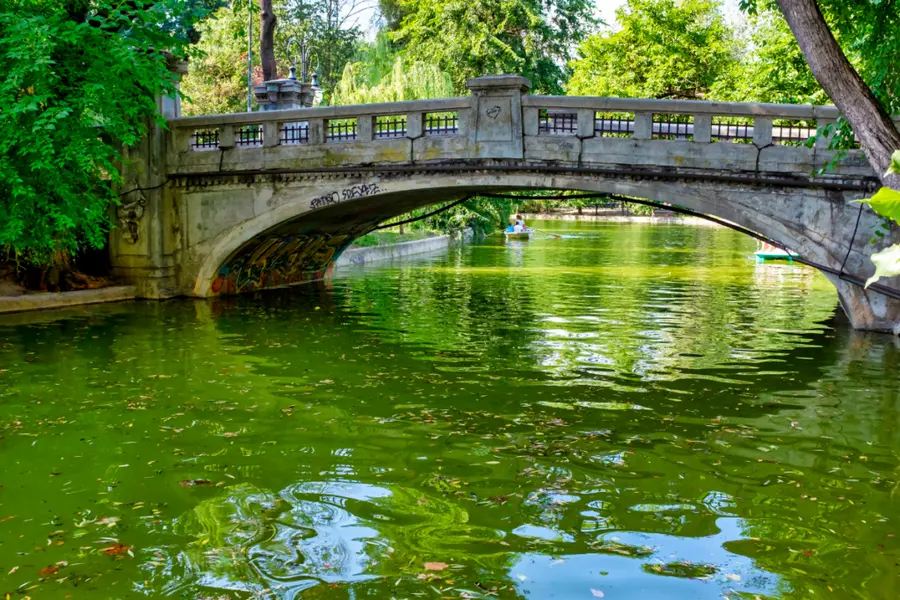
If you have a fondness for immersing yourself in nature, Cismigiu Park is bound to capture your heart.
Cismigiu Park, one of the numerous green spaces within Bucharest, exudes a certain romantic allure as it holds the distinction of being the city’s oldest park.
Established in 1854 and boasting a serene lake, statuesque monuments, a graceful fountain, and enchanting pathways enveloped by a diverse array of protected trees, Cismigiu Park emanates an air of tranquility.
As an integral part of Bucharest’s historical legacy, the park occupies a central location within the city, rendering it easily accessible by both walking and public transportation.
- The fountains in Unirii Squares
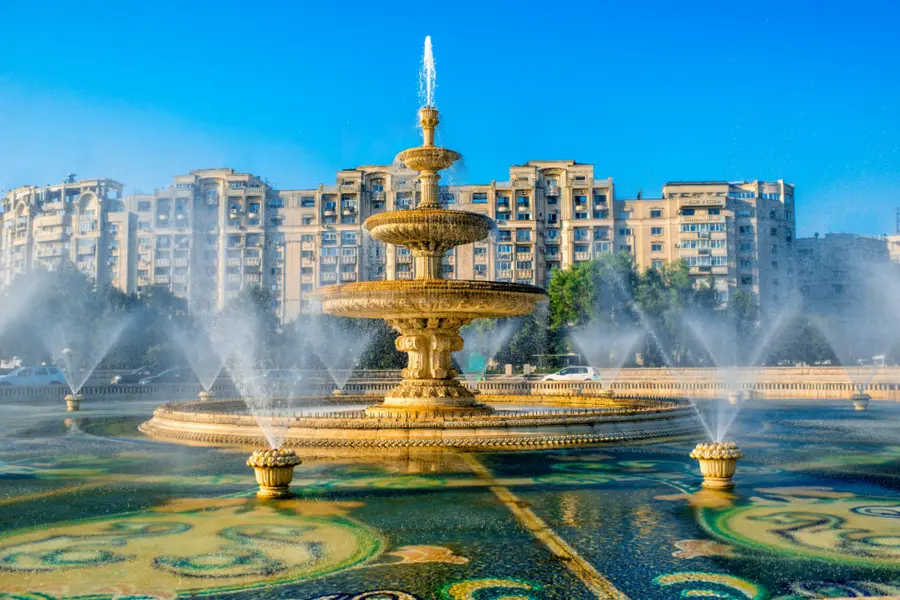
The fountains at Unirii Square hold a special allure, making it a highly coveted destination for both residents and visitors alike.
Situated in the heart of Downtown, the focal point of this locale is undoubtedly the fountains. Originally constructed during the communist era and subsequently revitalized a few years ago, these fountains may not rival the grandeur of counterparts in places like Las Vegas or Dubai, but they share a resemblance. Adorned with vibrant lights, synchronized music, and gracefully choreographed water jets, they cast a captivating spectacle that leaves an indelible impression.
- National Village Museum
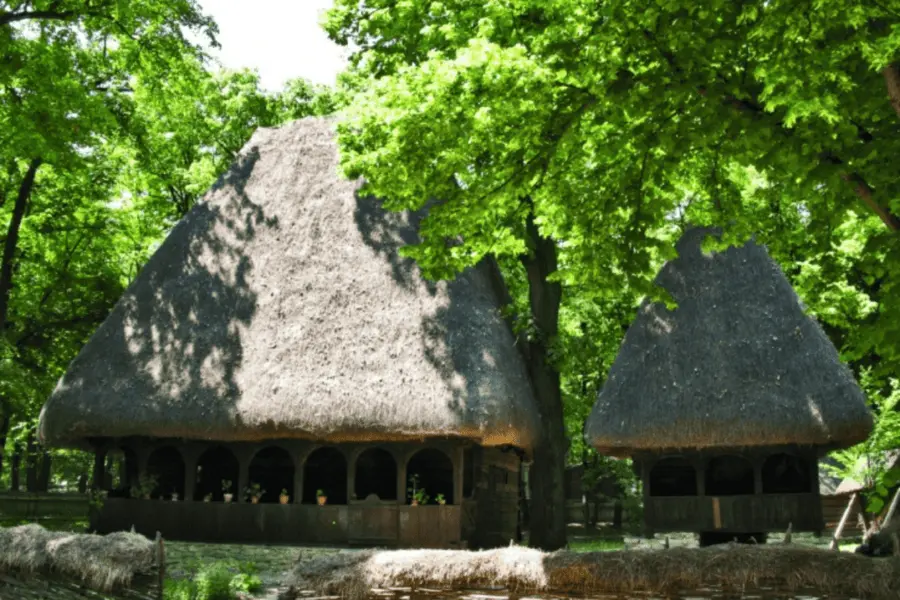
Nestled along the shores of Lake Herastrau, the National Village Museum in Bucharest stands as an open-air testament to Romania’s rich history and rural heritage.
This museum is a compelling destination for those eager to delve into the intricate tapestry of Romanian rural settlements. Graced with structures and relics dating as far back as the 17th century, the museum offers a captivating journey through time, shedding light on the architecture and traditional crafts that once formed the cornerstone of daily life.
With its picturesque location and a treasure trove of historical artifacts, the National Village Museum provides a captivating window into the past, allowing visitors to immerse themselves in the captivating world of Romania’s countryside.
- Victoriei Boulevard
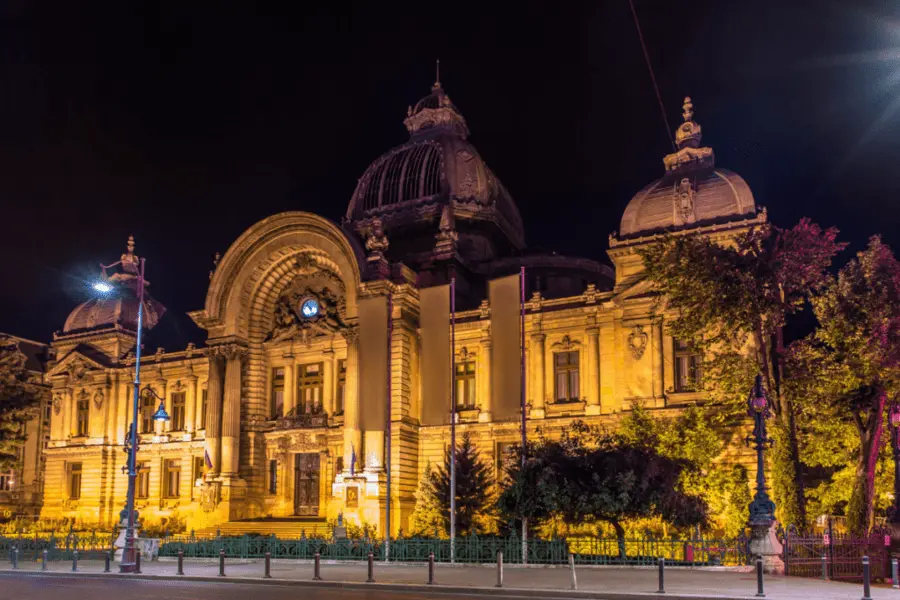
Victoriei Boulevard, also known as Calea Victoriei, is a thoroughfare of profound historical significance in Bucharest.
Spanning 2.7 kilometers, Calea Victoriei is akin to a journey through the annals of time. Lined with an array of historic edifices, monuments, palatial structures, theaters, churches, and museums, it proudly holds the distinction of being Romania’s most exquisite boulevard. Its illustrious name, commemorating the triumph of attaining independence from the Ottoman Empire in 1878, adds to its aura of importance.
With its captivating tapestry of architectural marvels and cultural landmarks, Calea Victoriei stands resplendent on our roster of Bucharest’s finest attractions, beckoning visitors to bask in its historical grandeur.
- The Triumphal Arch
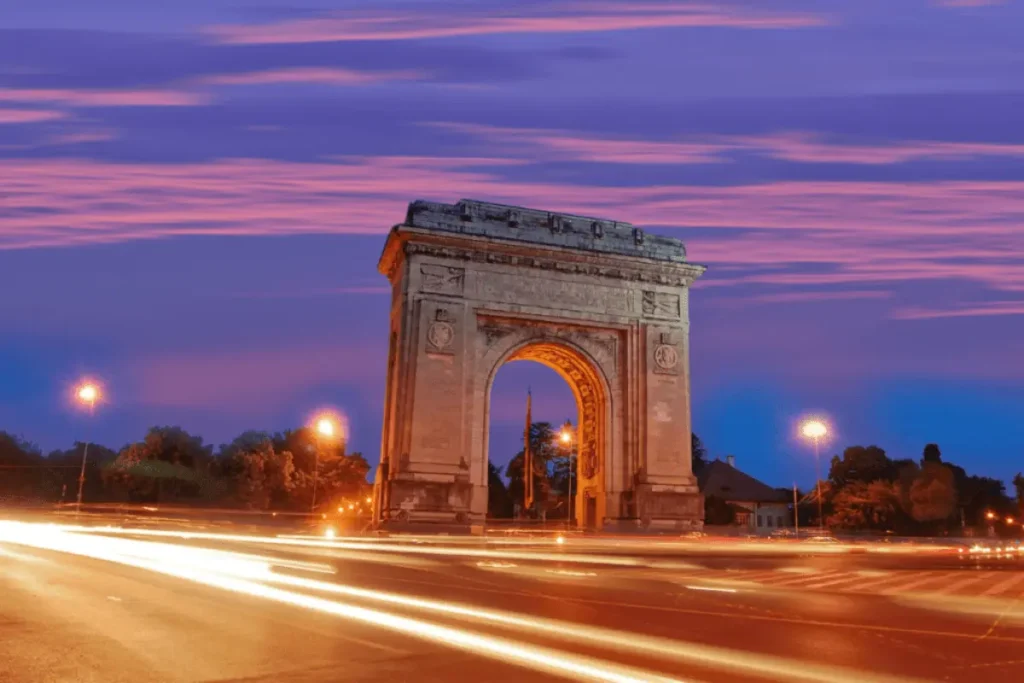
The Triumphal Arch in Bucharest stands as a monumental tribute, constructed between 1921 and 1922, commemorating Romania’s resounding victory in the First World War. During this pivotal conflict, Romania stood shoulder-to-shoulder with the Allies, and in its aftermath, the nation saw the unification of nearly all Romanian-inhabited territories.
With its striking resemblance to the iconic Triumph Arch in Paris, this awe-inspiring structure earned Bucharest the moniker “Little Paris” in the early 20th century, a testament to the city’s elegance and cultural sophistication.
Beyond its captivating architectural finesse, the Triumph Arch holds a profound place in the hearts of Romanians, particularly due to a historic inscription gracing its Northern facade. The inscription lauds King Ferdinand I, hailed as the “Liberator of people,” whose valiant soldiers, descendants of Christian heroes, united lands through their valor. This commemorative marker serves as a poignant reminder of the monarch’s entrance into Bucharest on October 16, 1922, after his coronation in Alba Iulia.
The Triumph Arch stands not only as a remarkable architectural feat but also as a cherished symbol of Romania’s valor and unity during a defining chapter in its history.
- Romanian Atheneum
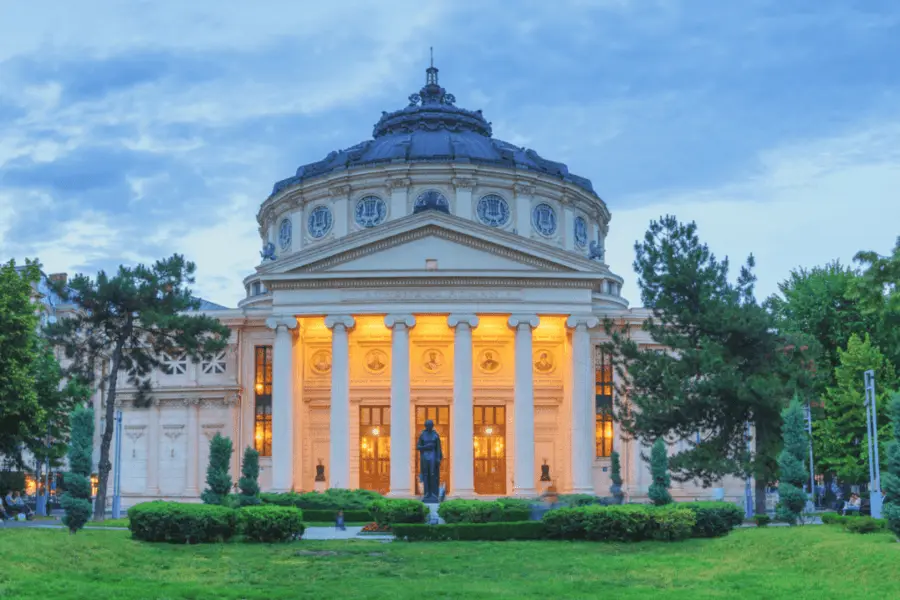
The Romanian Athenaeum stands as a resplendent icon in both Bucharest and Romania, revered for its architectural splendor and historical significance.
Fusing neoclassical and eclectic design elements, the Romanian Athenaeum came to life during the years 1886 to 1888 under the visionary guidance of French architect Albert Galleron. It is worth noting that its location was endorsed by none other than Charles Garnier, the visionary architect responsible for Paris’ renowned Garnier Opera.
Functioning as a concert hall since its inauguration on February 14, 1888, the Romanian Athenaeum has resonated with the harmonious melodies of some of the music industry’s most illustrious luminaries.
Contemplating a voyage to Bucharest? We invite you to share your aspirations in the comments below. Which locale captivates your imagination the most, and what compels you towards it? Your insights are eagerly anticipated.
“Tell us in the comments below which place you would like to visit the most, and why.”
